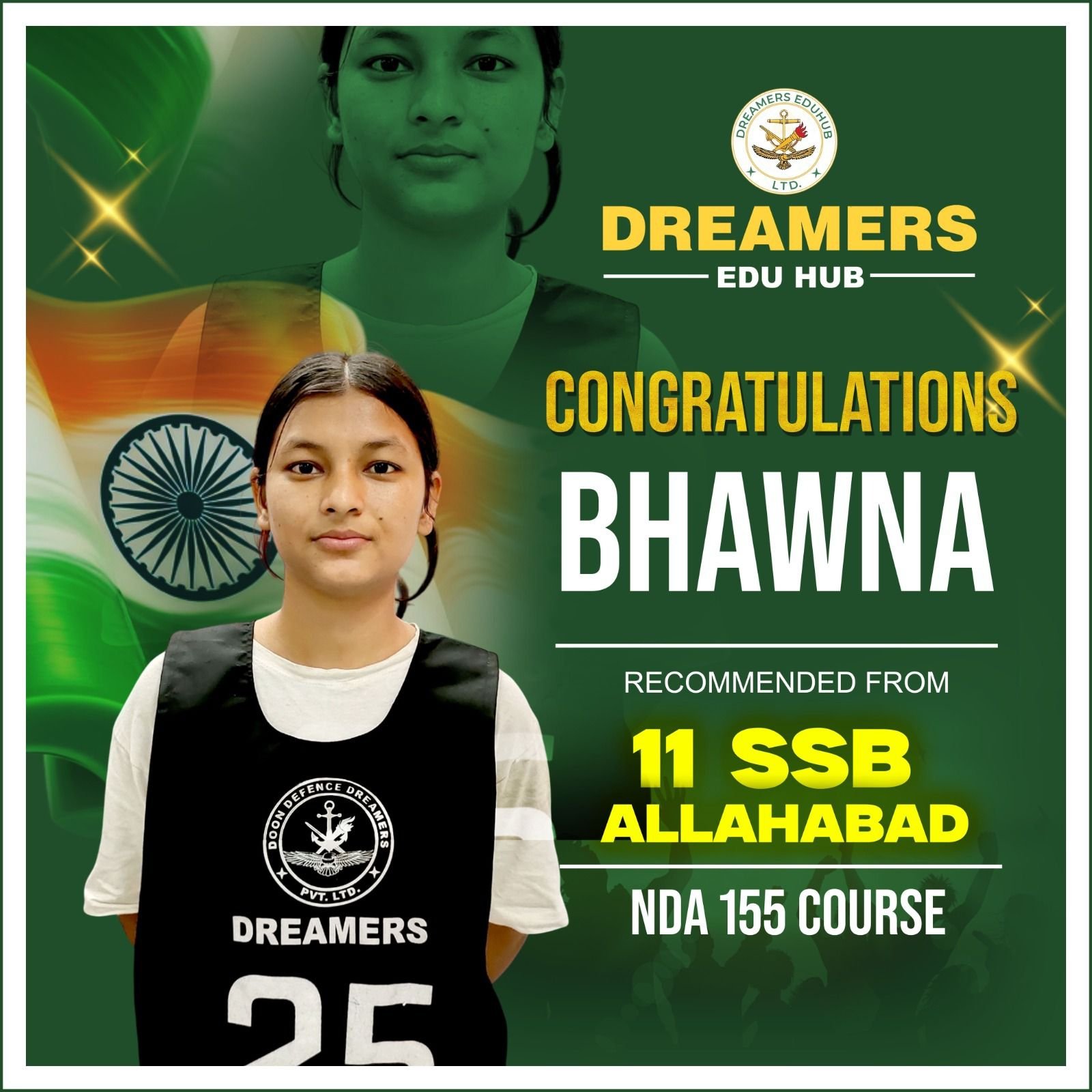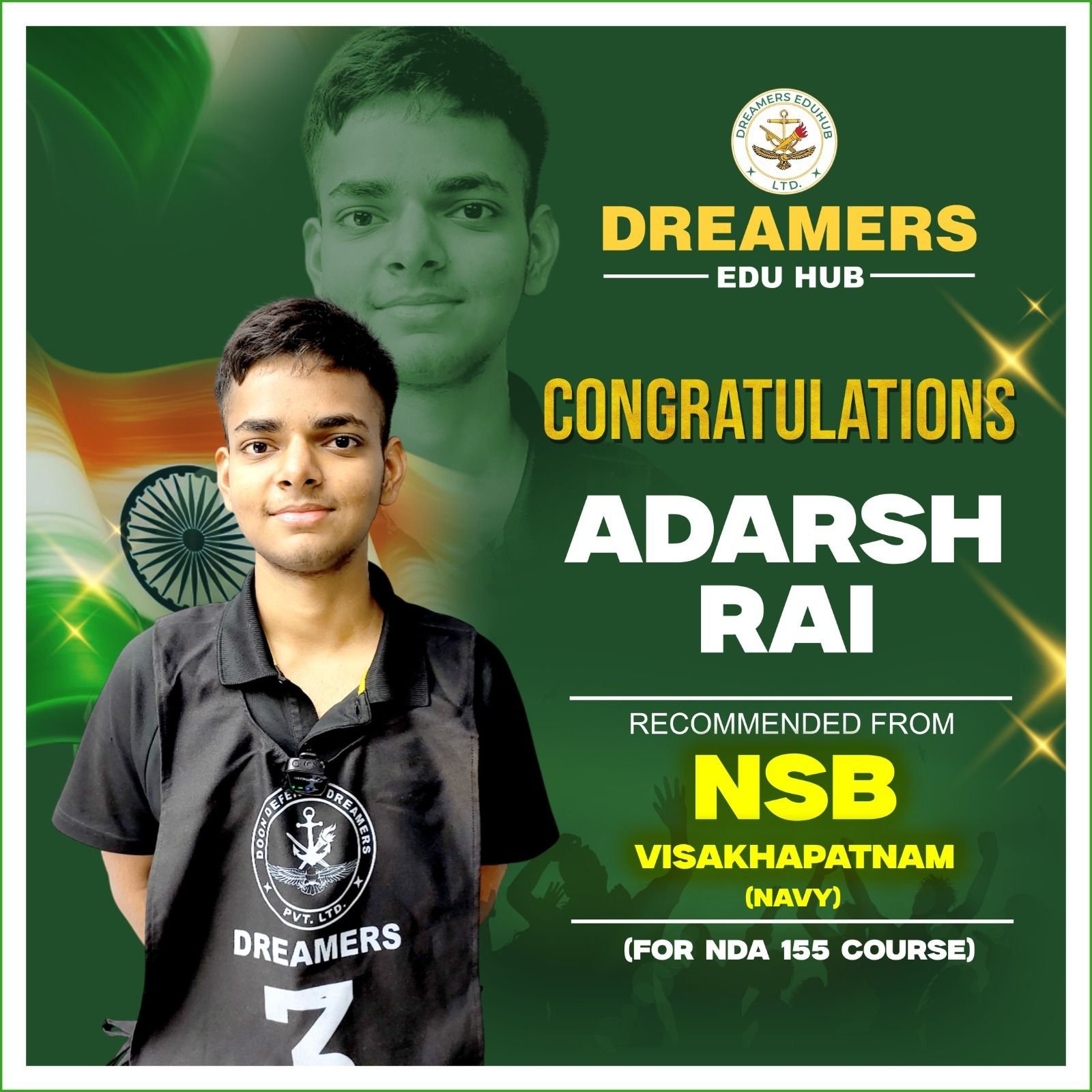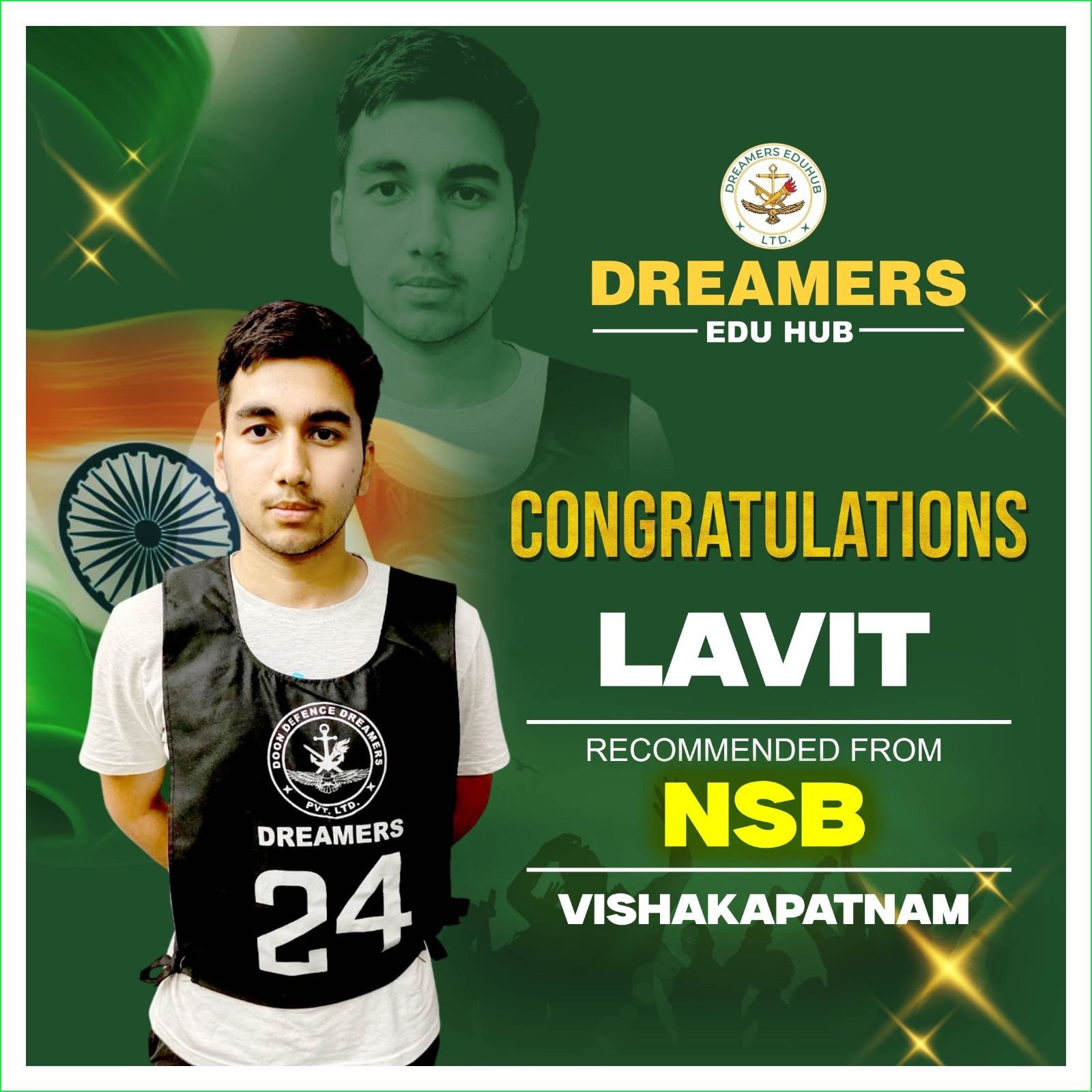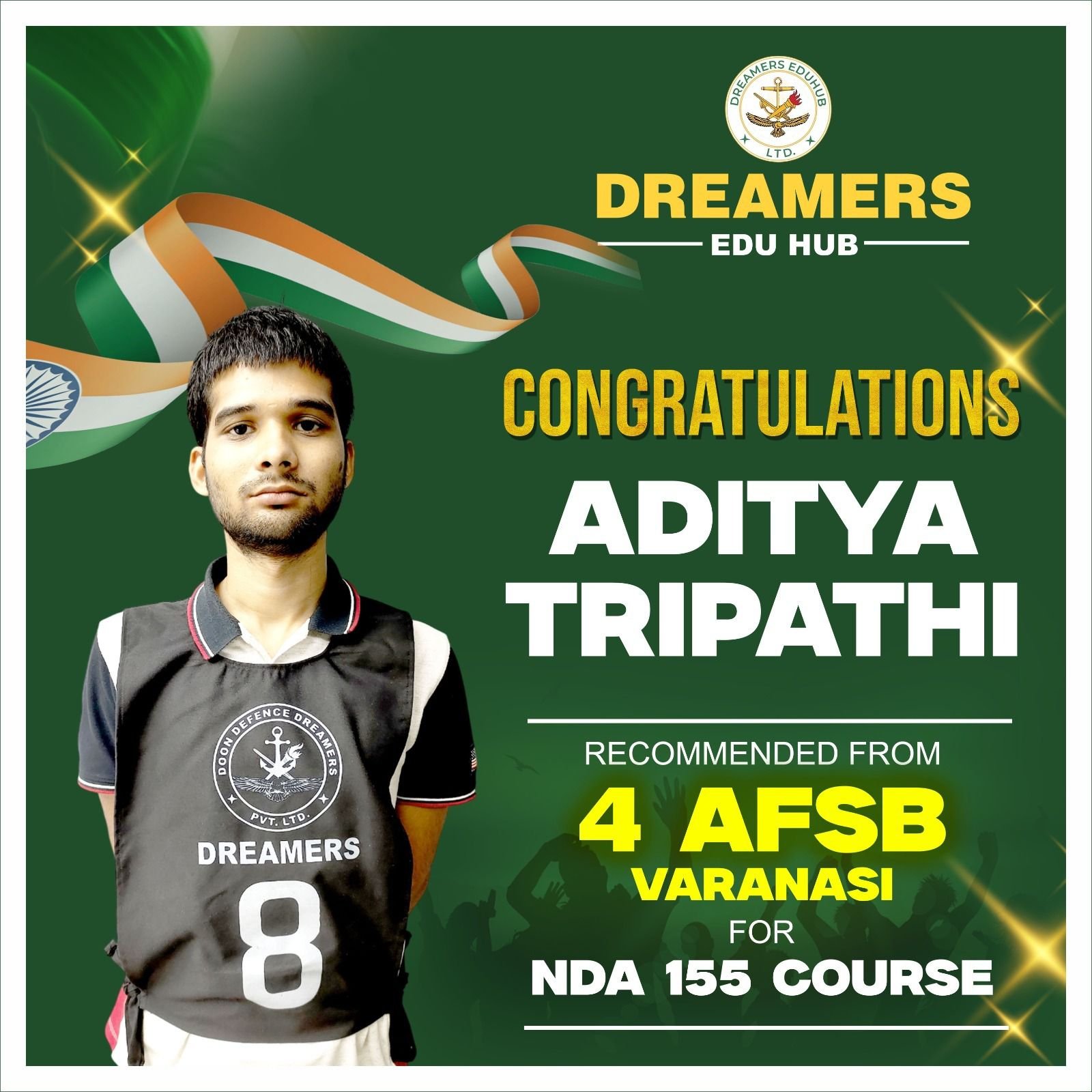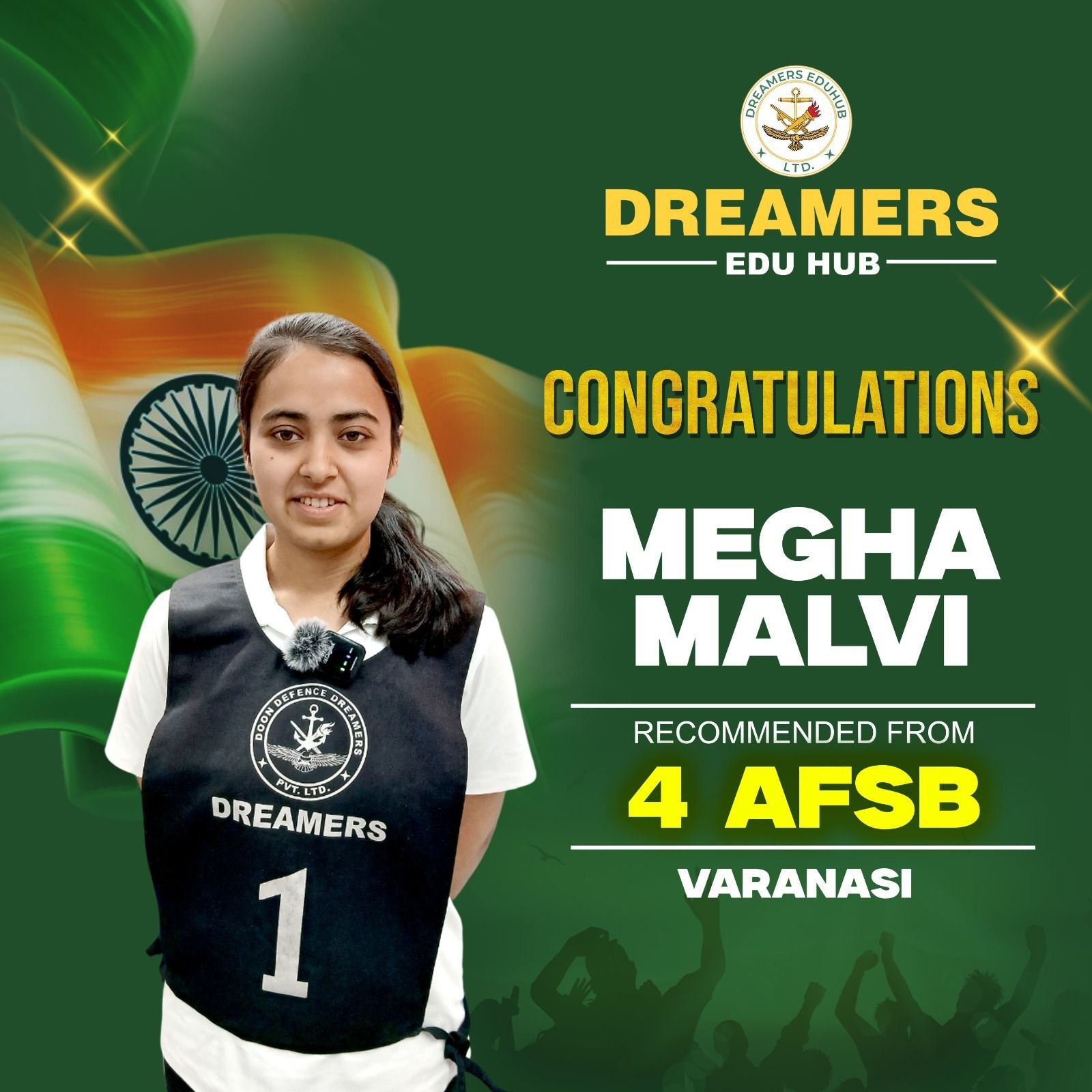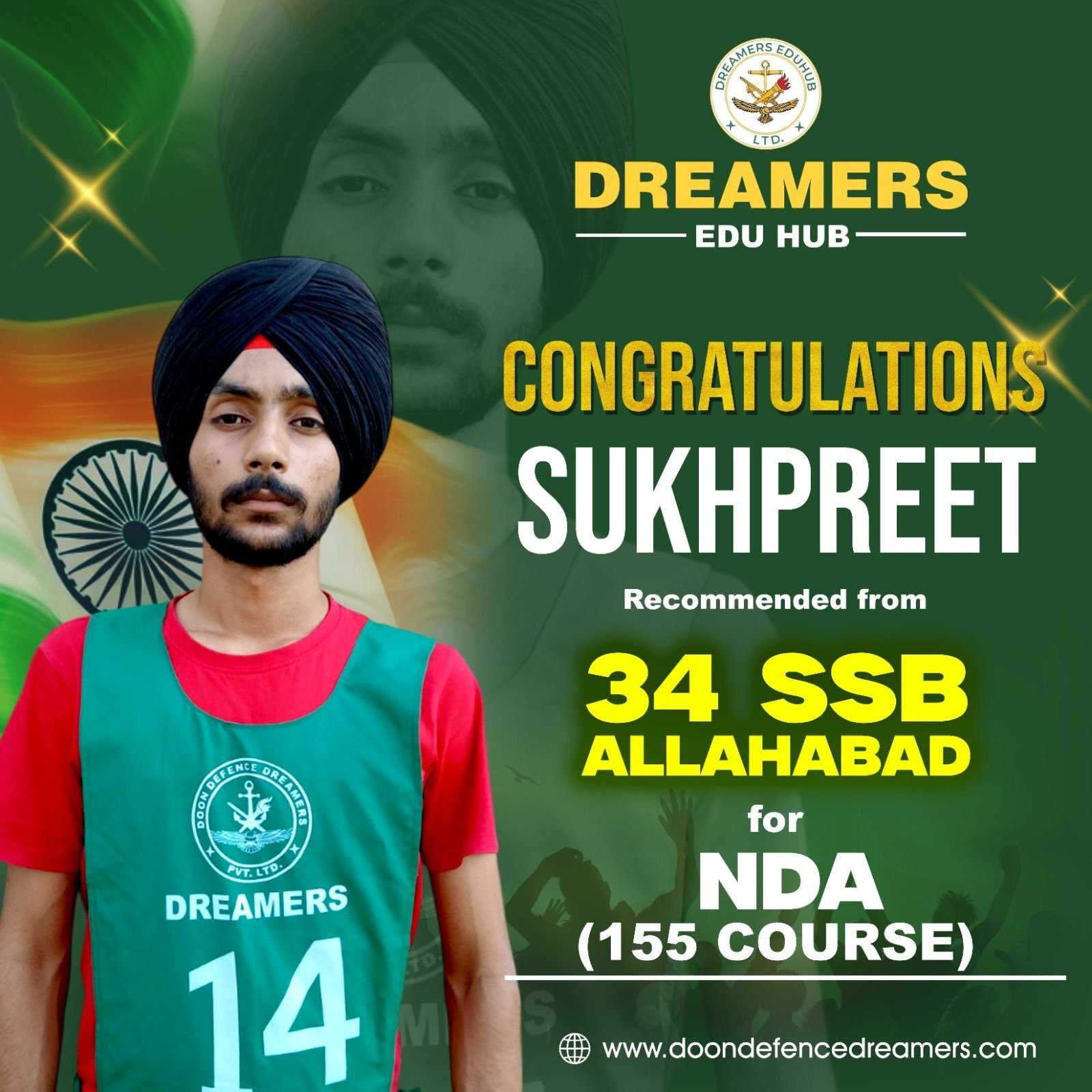The Services Selection Board (SSB) interview is an integral part of the selection process for candidates aspiring to join the Indian Army. It assesses the candidate’s suitability for a career in the armed forces. To help you prepare for your SSB interview, here are 30 basic questions related to the Indian Army, along with their answers.
1. What is the motto of the Indian Army?
Answer: The motto of the Indian Army is “Service Before Self.”
2. Who is the current Chief of Army Staff (COAS)?
Answer: The current Chief of Army Staff is General Manoj Mukund Naravane.
3. When was the Indian Army established?
Answer: The Indian Army was established on April 1, 1895.
4. What is the highest rank in the Indian Army?
Answer: The highest rank in the Indian Army is General.
5. How many infantry regiments are there in the Indian Army?
Answer: There are a total of 46 infantry regiments in the Indian Army.
6. Name the five branches of the Indian Army.
Answer: The five branches of the Indian Army are Infantry, Armored, Artillery, Engineers, and Signals.
7. Which is the oldest regiment in the Indian Army?
Answer: The Madras Regiment is the oldest regiment in the Indian Army, established in 1758.
8. What is the significance of the Para Special Forces in the Indian Army?
Answer: The Para Special Forces are the elite airborne forces of the Indian Army. They specialize in special operations, counter-terrorism, and unconventional warfare.
9. What is the role of the Corps of Engineers in the Indian Army?
Answer: The Corps of Engineers in the Indian Army is responsible for constructing bridges, roads, and other vital infrastructure, as well as providing combat engineering support.
10. Name the highest battlefield in the world, where Indian Army personnel serve.
Answer: The Siachen Glacier is the highest battlefield in the world, where Indian Army personnel serve.
11. What is the role of the Army Medical Corps in the Indian Army?
Answer: The Army Medical Corps provides medical services and healthcare support to the Indian Army personnel and their families.
12. How does the Indian Army contribute to nation-building activities?
Answer: The Indian Army plays a vital role in various nation-building activities, such as disaster management, infrastructure development in remote areas, and providing aid during emergencies.
13. What is the significance of the Indian Army’s participation in international peacekeeping missions?
Answer: The Indian Army actively participates in United Nations peacekeeping missions to promote global peace and stability.
14. What is the role of the Army Service Corps (ASC) in the Indian Army?
Answer: The Army Service Corps provides logistical support to the Indian Army by ensuring the smooth supply of rations, fuel, and other essential items.
15. What is the importance of the Indian Military Academy (IMA)?
Answer: The Indian Military Academy is the premier officer training academy for the Indian Army. It prepares young cadets for leadership roles and commissioning as officers.
16. What is the role of the Army Ordnance Corps (AOC) in the Indian Army?
Answer: The Army Ordnance Corps is responsible for the procurement, storage, and distribution of weapons, ammunition, and other equipment for the Indian Army.
17. How does the Indian Army contribute to national security?
Answer: The Indian Army safeguards the territorial integrity and sovereignty of the nation by defending the borders and countering external threats.
18. What is the role of the Army Education Corps (AEC) in the Indian Army?
Answer: The Army Education Corps provides education and training services, including conducting courses and imparting knowledge to soldiers and officers.
19. Name the highest
gallantry award given in the Indian Army.
Answer: The highest gallantry award in the Indian Army is the Param Vir Chakra.
20. What is the role of the Army Dental Corps in the Indian Army?
Answer: The Army Dental Corps provides dental care and oral health services to the Indian Army personnel and their families.
21. Explain the concept of “Operation Vijay” in the Indian Army’s history.
Answer: “Operation Vijay” refers to the Indian Army’s successful military operation to recapture the strategic peaks in the Kargil sector during the Kargil War in 1999.
22. What is the role of the Army Aviation Corps in the Indian Army?
Answer: The Army Aviation Corps provides close air support, reconnaissance, and other aviation services to the Indian Army.
23. Name the famous military academy for training women officers in the Indian Army.
Answer: The Officers Training Academy (OTA), Chennai, is the famous military academy for training women officers in the Indian Army.
24. How does the Indian Army contribute to the welfare of ex-servicemen?
Answer: The Indian Army takes care of the welfare of ex-servicemen through various initiatives, including pension schemes, healthcare facilities, and resettlement programs.
25. Explain the concept of “Operation Rahat” in the Indian Army’s history.
Answer: “Operation Rahat” refers to the Indian Army’s humanitarian mission to rescue and evacuate people during natural disasters and emergencies, such as floods, earthquakes, or cyclones.
26. What is the role of the Army Postal Service in the Indian Army?
Answer: The Army Postal Service ensures the smooth and secure delivery of mail and postal services to Indian Army personnel, even in remote or hostile areas.
27. How does the Indian Army contribute to the nation’s unity and diversity?
Answer: The Indian Army promotes unity and diversity by fostering a spirit of camaraderie among personnel from various regions, religions, and cultural backgrounds.
28. Explain the significance of the “Beating the Retreat” ceremony at Wagah Border.
Answer: The “Beating the Retreat” ceremony at the Wagah Border is a daily military practice where Indian and Pakistani troops lower their respective national flags with great pomp and show, symbolizing the end of the day’s hostilities.
29. What is the role of the Army Corps of Military Police in the Indian Army?
Answer: The Army Corps of Military Police maintains discipline, law and order, and military police services within the Indian Army.
30. How does the Indian Army contribute to national integration?
Answer: The Indian Army contributes to national integration by organizing cultural exchanges, sports events, and promoting a sense of national identity among its personnel.
Preparing for the SSB interview requires a good understanding of the Indian Army and its various aspects. By familiarizing yourself with these 30 basic questions and answers, you will be better equipped to face the interview confidently. Remember to supplement your preparation with in-depth knowledge and research to enhance your chances of success in joining the Indian Army.





